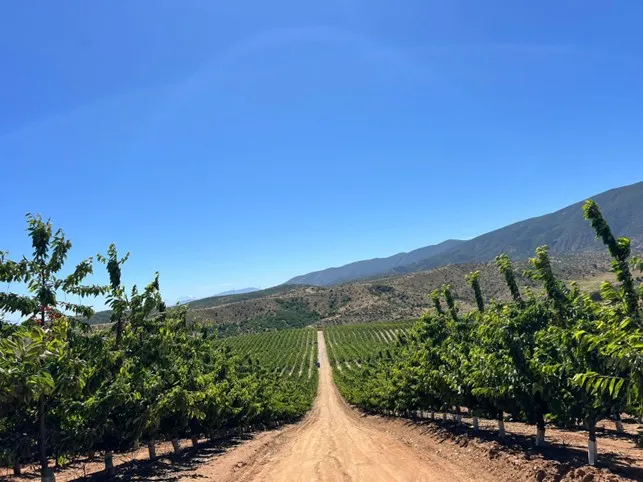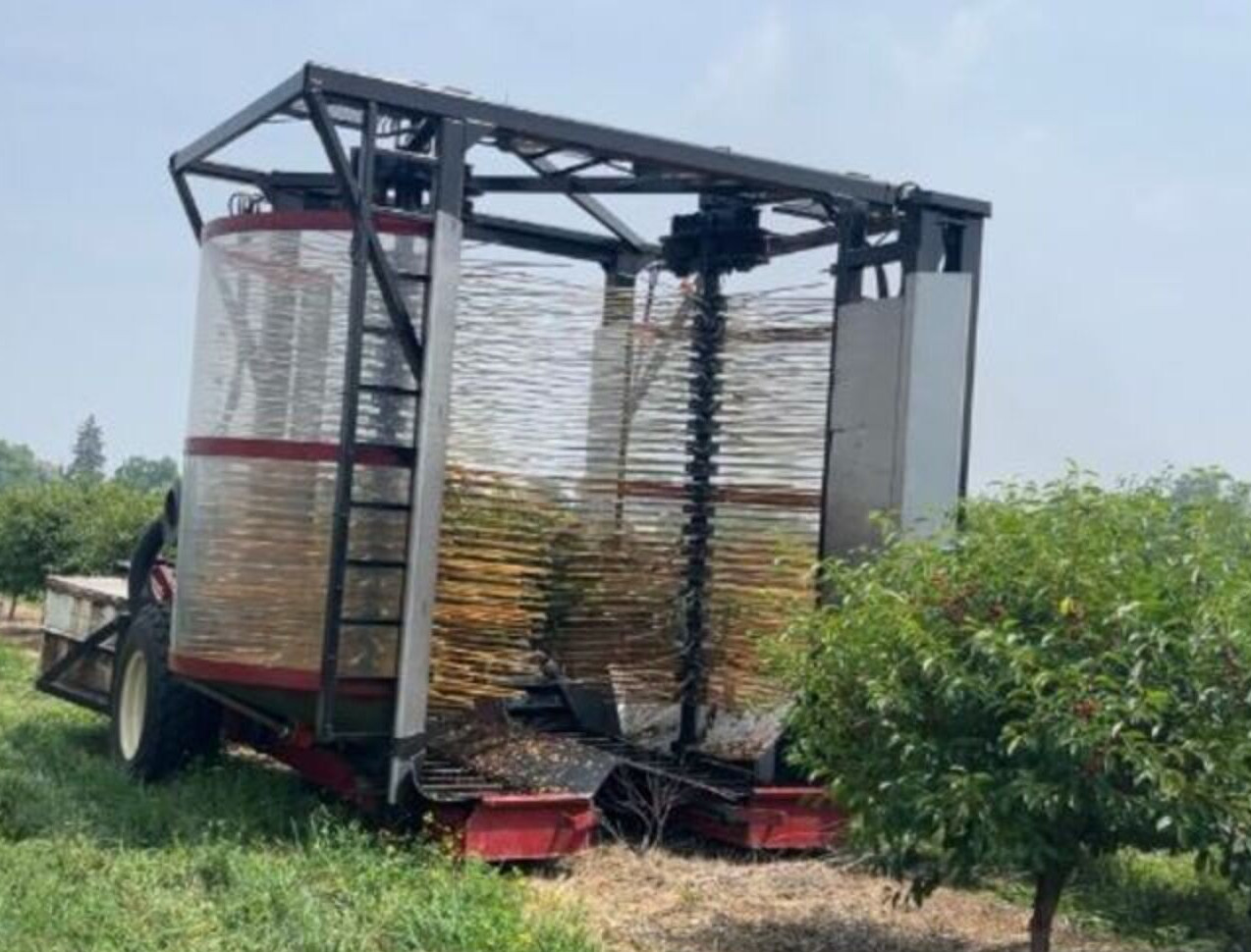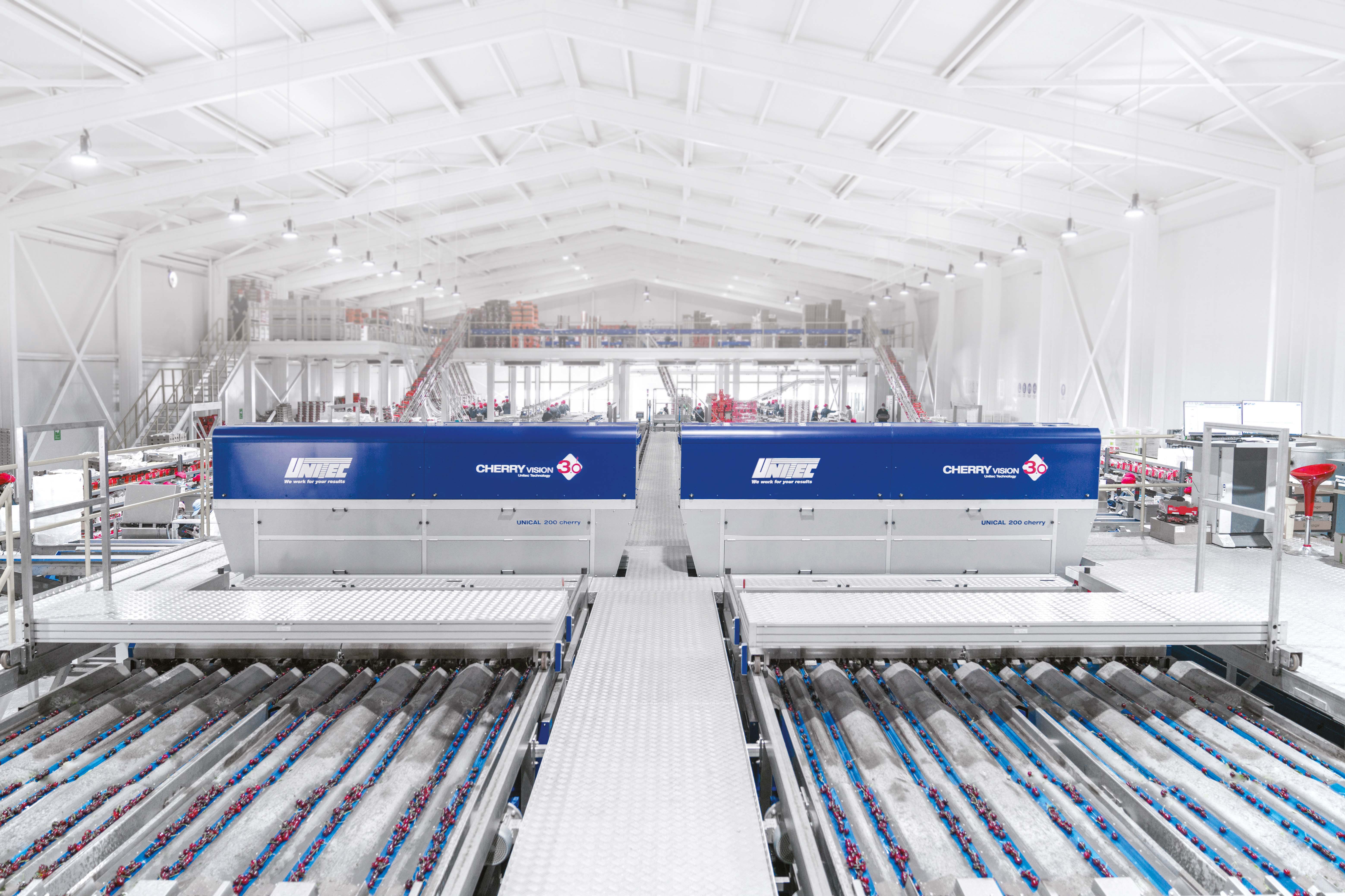Heat waves, like frosts, are a real nightmare for farmers. According to data from NASA and the United Nations (UN), 2024 has been the hottest year on record so far, with temperatures exceeding pre-industrial levels by 1.5°C. This has led to an increase in extreme weather events, such as heat waves, floods, wildfires, and droughts.
Many might think that heat waves only affect the growth and development of crops during the season. However, their impact goes far beyond, extending to key phases such as post-harvest, where the consequences can be just as critical for the success of the next season.
Patricio Morales, an agricultural consultant and cherry specialist, states clearly: “Post-harvest does not mark the end of the season but the beginning of the next one. It is a crucial process that growers tend to underestimate, but in reality, it is the most decisive phase.”
How does heat affect cherry trees? When the temperature exceeds 22-24 degrees, plants release water vapor through their stomata to cool down, but when the temperature surpasses 30 degrees, this system collapses.
“The stomata close to conserve water, generating stress, increasing levels of abscisic acid (a regulatory hormone), and compromising normal growth. During post-harvest, this thermal stress interferes with floral differentiation, a crucial process in which bud organs are formed.”
Additionally, the premature closure of the stomata disrupts photosynthesis, directly impacting the accumulation of photosynthates, which are essential for the next season,” adds Morales.
 Image 1: To prevent plant stress, careful agronomic management of cherry orchards in post-harvest is required to avoid harmful stress.
Image 1: To prevent plant stress, careful agronomic management of cherry orchards in post-harvest is required to avoid harmful stress.
Mitigating the impact of extreme heat on cherry trees
Faced with this scenario, Patricio Morales proposes four key strategies to implement immediately, especially now that most cherry growers are in the peak of the post-harvest period.
1. Efficient irrigation management
Irrigation is a fundamental tool to ensure that trees can maintain their cooling and photosynthesis capacity under extreme conditions. In post-harvest, it is crucial that water reaches the deepest roots.
2. Application of sun filters
Sun filters act as a physical barrier that protects the leaves from ultraviolet rays, which are toxic to photosynthesis.
3. Moderation in summer pruning
Although summer pruning is a common practice to control tree vigor and increase light penetration, it must be performed with caution.
4. Pest and disease control
The post-harvest period is also a critical time to prevent pest attacks, such as mites and fungal diseases, which can weaken the tree.
 Image 2: Proper agronomic management of a modern Chilean cherry orchard.
Image 2: Proper agronomic management of a modern Chilean cherry orchard.
How sun filters work
Just like for people, it has been proven that the use of sunscreens is highly effective in protecting plants from UV rays.
“It is ideal to apply them every 15 days, following the label-recommended doses, especially during January and the first two weeks of February when the most intense heat waves tend to occur. These products not only block UV rays but also promote photosynthesis,” concludes Morales.
In this regard, Gerardo Montes, head of new products at Bioamérica, an agricultural technology company, emphasizes that “the effectiveness of sun protection in preventing visible fruit damage depends on multiple factors. Some are directly related to the product, such as the quality of its formulation, expiration date, and storage conditions.”
Others, however, depend on farm management, including application methods and timing, the compatibility of the sunscreen with other mixtures, and the correct calibration of sprayers. All these elements must be considered to maximize benefits and protect fruit quality.
Bioamérica, one of Coagra's suppliers, markets VP Filter, one of the most widely used sun filters in the agricultural market. “Its specialized formulation combines the ability to absorb and reflect UV rays with the creation of a physical barrier that directly protects plant tissues. In addition to its protective function, VP Filter provides a cooling effect on plants, helping regulate stomatal opening.”
“It has been proven that this mechanism promotes growth even in extreme heat stress situations, making it an essential tool for dealing with high temperatures.”
Source: Mundoagro
Images: Mundoagro; Agro Asesoria
Cherry Times - All rights reserved












